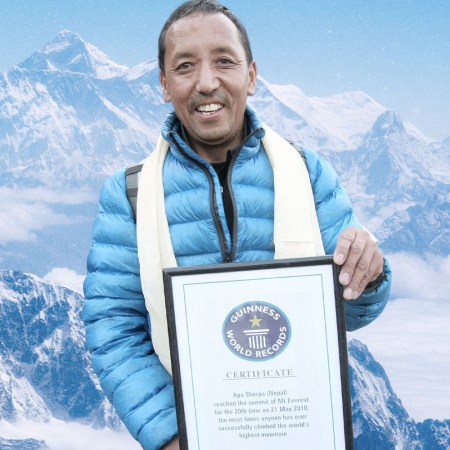Last year, Mount Everest had its fourth deadliest climbing season ever, with 11 people dying in their attempts to climb the storied mountain. It made for a series of harrowing, unsettling news stories — and a growing consensus that the current safety measures in place were not sufficient.
The government of Nepal responded by announcing new safety measures to address the crowding issues that led to last year’s tragedies. But now, The New York Times is reporting that Nepal has opted to delay implementing those measures until next year’s climbing season — a decision that’s angered many in the climbing community.
The article, written by Kai Schultz and Bhadra Sharma, summarizes the issues at hand: the events that led to the new regulations, along with the outrage following the announcement of their delay. According to one of the experts they spoke with, the delay had more to do with money than anything else:
Santa Bir Lama, the president of the Nepal Mountaineering Association, an independent climbing group that manages Everest and helped draft the new safety regulations, said Nepal’s financial desperation was one major reason behind the delay.
Climbing permits cost $11,000 apiece — meaning that they’re a sizable source of revenue for Nepal. Climbers also have the option of ascending from China, but the regulations there are more strict.
The situation has left many observers feeling worried about what the climbing season — which runs from April to May — might hold. In a recent article, Outside writes that Nepal’s government will restrict visas given to visitors from China, Iran, Japan, South Korea and Italy. It’s an additional complication to an already-complex situation.
Subscribe here for our free daily newsletter.
Thanks for reading InsideHook. Sign up for our daily newsletter and be in the know.


















